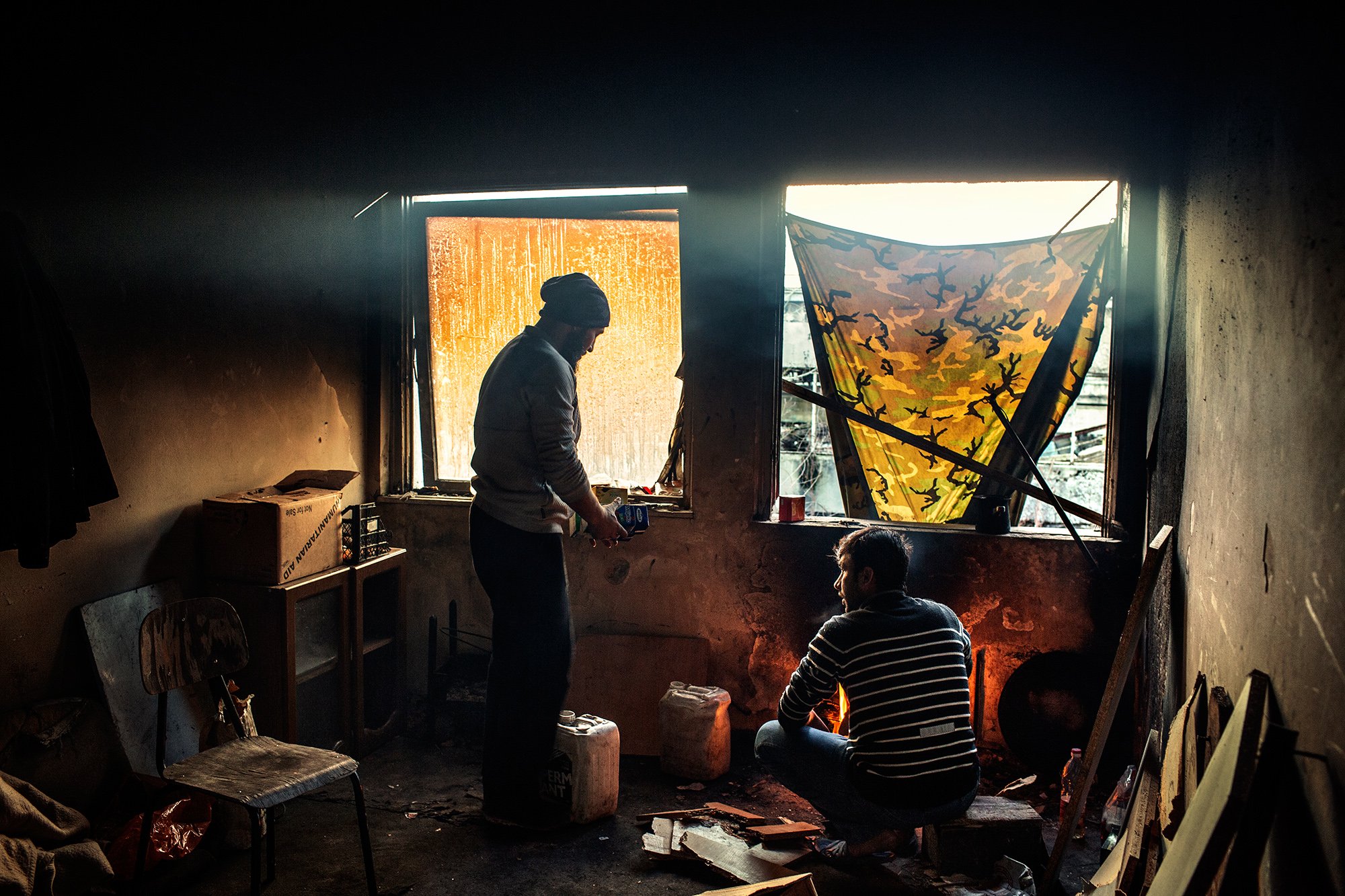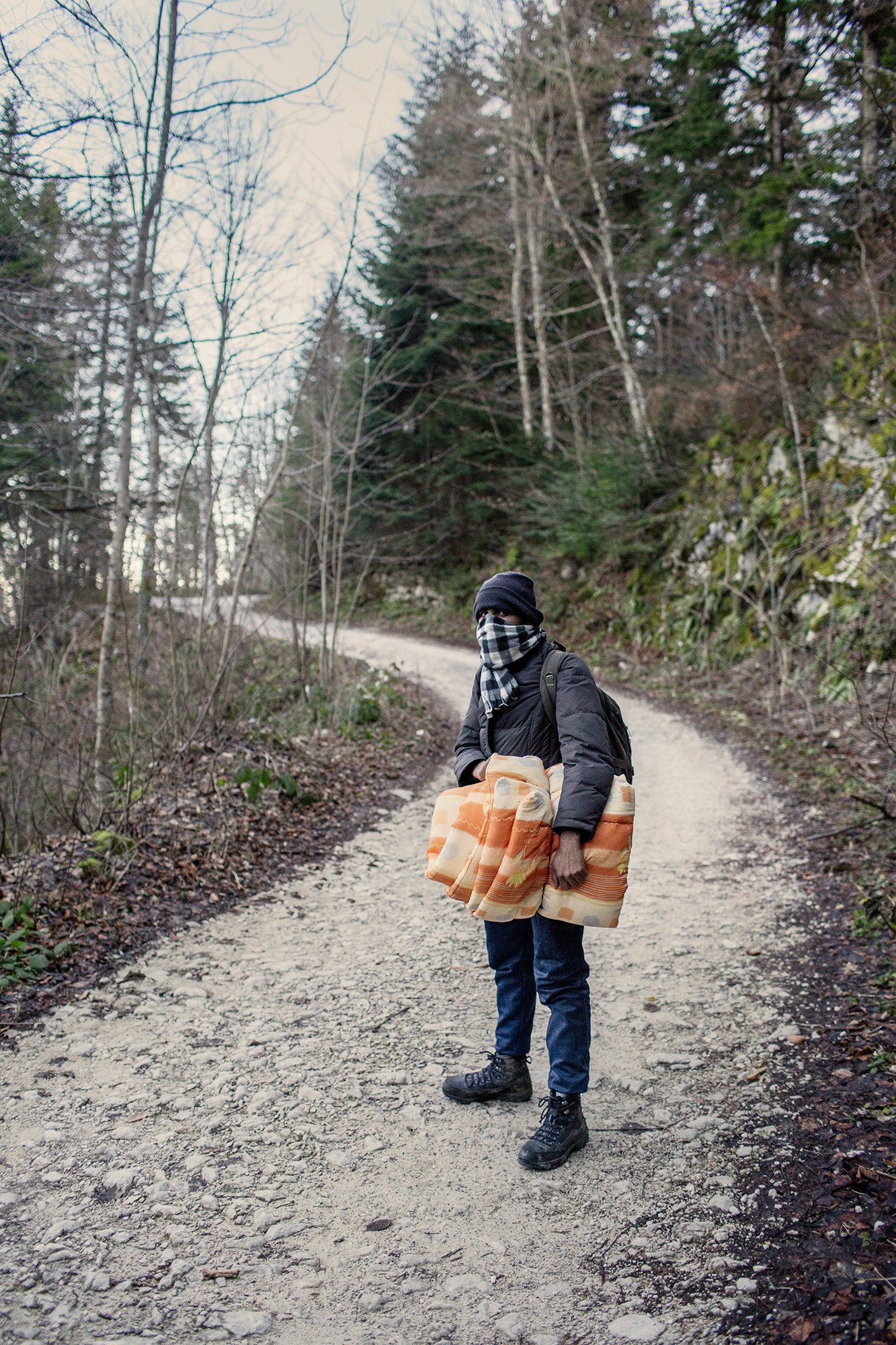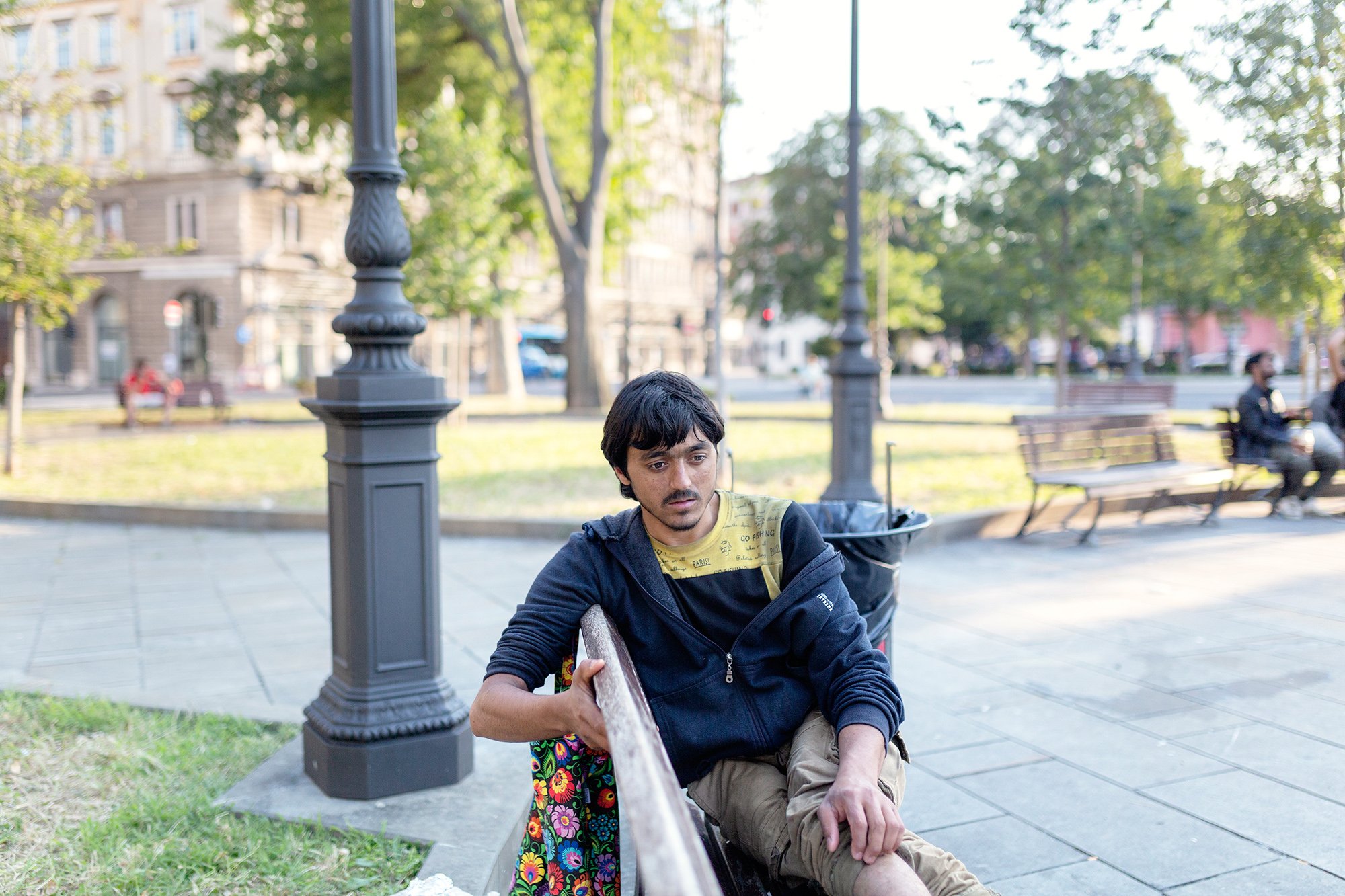Frontiera
After the closure of the main Balkan migration route in 2015 and an EU deal with Turkey a year later, the number of refugees, asylum seekers and migrants knocking on Europe’s door has decreased dramatically. But as people look for alternate routes, the situation in Bosnia has changed. Migrants and asylum seekers there, mainly from Afghanistan and Pakistan, are largely concentrated in the northwest near the Croatian border in camps run by the International Organization for Migration, though some seek refuge in abandoned buildings or even stay out in the open. Social distancing has been impossible in the camps during the coronavirus pandemic. Migrants have had to share beds at times, and the Bira camp, for instance is stretched to double its capacity, with 3,000 people.
Migrants bear signs of “the game” — attempts to cross the border in which most of them end up back where they started. Those marks are sometimes from the Croatian police, who have resorted to violence to push migrants back to the Bosnian side. Over 150 humanitarian organisations reported this to the European Union in March, and the former Croatian president has admitted the use of “of course a little force” during the pushbacks. Added to this, Italy and Slovenia have revived an accord dating back to 1996 — eight years before Ljubljana entered the EU — that allows migrants found on Italy’s northeastern border to be returned to Slovenia. Ljubljana has admitted to then transferring migrants back to Croatia via a separate agreement, and the migrants, including people have shown intent to request international protection, eventually find themselves back in Bosnia.





















